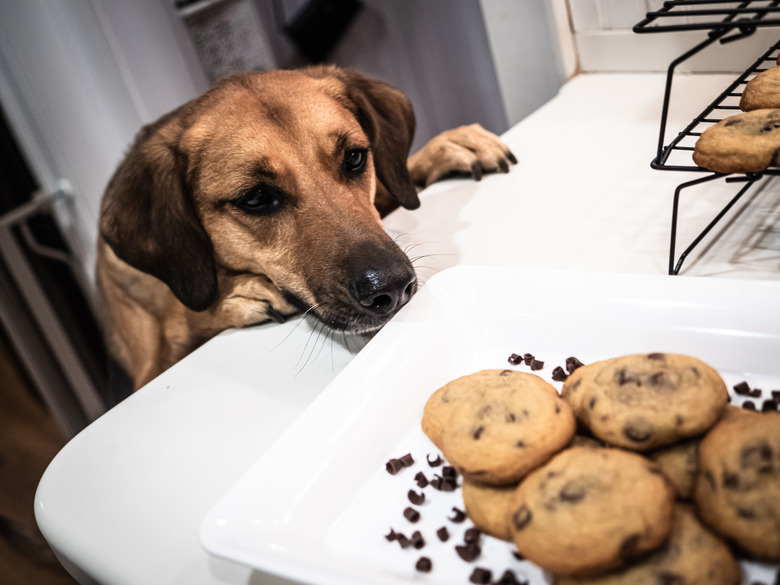Dangerous Spices For Dogs
Spices are key to creating a flavorful dish in the kitchen. However, if you are preparing home-cooked food for your dog, it is best to avoid the spice rack. While some spices are safe and potentially beneficial, some of the most common household spices, including salt, pepper, garlic, and onion, can cause problems for your pup.
If your dog consumes a dangerous spice or is showing symptoms of poisoning, contact your veterinarian, the pet poison helpline, or the American Society for the Prevention of Cruelty to Animals poison control center right away.
Salt and pepper
Salt and pepper
Salt and pepper are the cornerstone of any spice cabinet but don't reach for them when you are preparing food for your pup. While a small amount of salt may not cause a problem, dogs require much less sodium than people, and too much can be toxic. Symptoms of too much salt include increased thirst, vomiting, diarrhea, high body temperature, tremors, and seizures. Salt toxicity can even kill a dog.
Black pepper is also unlikely to cause problems in small doses, but too much can be toxic. Symptoms of ingestion include diarrhea, gastrointestinal problems, and skin and eye irritation.
Garlic, onion, and chives
Garlic, onion, and chives
Garlic, including both fresh cloves and the dried spice, is very toxic to dogs. It can cause red blood cell damage and anemia. In severe cases, organ damage may occur. Symptoms of ingestion include gastrointestinal symptoms, such as diarrhea, nausea, vomiting, and stomach pain, lethargy, pale gums, and red urine.
Onions and chives have a similar effect on your dog's health, and your dog will display similar symptoms. Fresh, cooked, and dried onions can all cause problems.
Spices used in baking
Spices used in baking
It is well known that you should not feed chocolate to your dog, and this includes cocoa powder from your spice rack. Cocoa powder can increase your dog's heart rate and potentially cause arrhythmias or even a heart attack. Other potential symptoms include diarrhea, increased urination, restlessness, and seizures.
Nutmeg and cinnamon are other problematic spices commonly used in baking. In small amounts, nutmeg can cause an upset stomach, but in large doses, symptoms include increased heart rate and blood pressure, disorientation, dry mouth, and seizures.
Cinnamon is also toxic in large doses of 1 teaspoon or more, although it only takes a small amount of cinnamon essential oil to cause problems. Symptoms include vomiting, diarrhea, changes in heart rate, and low blood sugar. If a dog inhales powder, he may have lung irritation with symptoms such as coughing and difficulty breathing.
Other dangerous spices
Other dangerous spices
Mace is another dangerous spice that is commonly found in curries and Indian cuisine. Don't allow your dog to consume mace from your spice cabinet, as it can cause vomiting, stomach pain, drowsiness, and problems with the central nervous system.
Paprika is not a toxic spice, but it does contain capsaicin, an ingredient found in many peppers. Spices containing capsaicin can cause gastrointestinal upset, diarrhea, and irritation of the eyes, skin, and nasal passages.
Turmeric is also a nontoxic spice. In small doses, it actually has many benefits for your dog, including boosting the immune system. However, in large doses, your dog may experience gastrointestinal symptoms.
References
- American Society for the Prevention of Cruelty to Animals: People Foods to Avoid Feeding Your Pets
- American Society for the Prevention of Cruelty to Animals: Animal Poison Control
- Pet Poison Helpline: Emergency Instructions
- Betterpet: Herbs for Dogs: Good and Bad Spices for Your Furry Friend
- Pet Poison Helpline: Nutmeg and Cinnamon Toxicity

